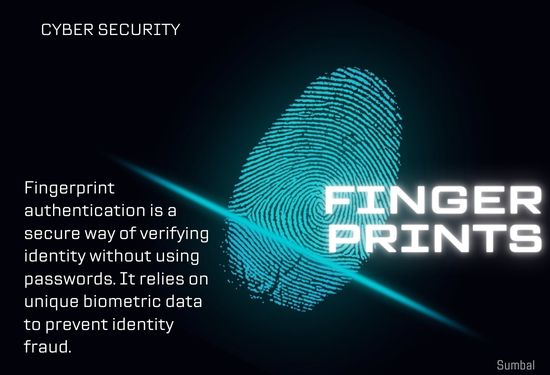In the evolving world of finance, the systems used to evaluate creditworthiness and manage lending are undergoing significant transformations. Traditional credit scoring models, which have long relied on a set of standardized criteria, are being complemented and sometimes replaced by more dynamic and inclusive methods. This article explores the current shifts in the landscape of credit scores and lending and projects future trends in this crucial area of finance.
Current Trends in Credit Scoring

Traditionally, credit scores have been calculated based on a consumer’s credit history, including factors like payment history, debts, length of credit history, new credit, and types of credit used. However, this model has often failed to include people who are "credit invisible," meaning they do not have enough credit history to generate a traditional credit score. This issue has prompted a reassessment of how creditworthiness is determined.
One of the most significant current trends is the incorporation of alternative data into credit scoring. Financial institutions are now looking at rent payments, utility bill payments, and even bank transaction histories as part of the credit scoring process. This approach not only helps in providing a fuller picture of a person’s financial behavior but also extends credit opportunities to those who have been underserved by traditional models.
Moreover, the use of artificial intelligence (AI) and machine learning in credit scoring is on the rise. These technologies can analyze vast amounts of data quickly and draw nuanced conclusions that might escape traditional models, leading to more accurate risk assessments.
Impact of Regulatory Changes

Regulations are also evolving to keep pace with these technological and methodological changes. For instance, the Fair Credit Reporting Act in the United States has been updated to include provisions that make it easier for consumers to correct errors on their credit reports, which can significantly affect their scores. As countries update their regulatory frameworks, we can expect further legitimization and integration of alternative data into credit scoring processes.
Future Predictions for Credit Scoring and Lending

Looking ahead, the trend toward more personalized and granular credit scoring is expected to continue. Predictive analytics and big data will play increasingly central roles in determining creditworthiness. These methods will likely focus not only on whether individuals have historically been able to pay their bills but also on predicting their future financial behavior based on a broader array of indicators.
Another likely development is the decentralization of credit scoring. Blockchain technology offers a potential for creating decentralized and transparent credit scoring systems where individuals have more control over their data. Such systems could reduce the dominance of traditional credit bureaus and create a more competitive environment for credit scoring.
Ethical Considerations and Challenges
As credit scoring systems become more complex, the potential for ethical issues and biases, particularly related to data privacy and discrimination, increases. Ensuring that AI systems do not perpetuate existing biases and that they respect user privacy will be critical challenges moving forward.





